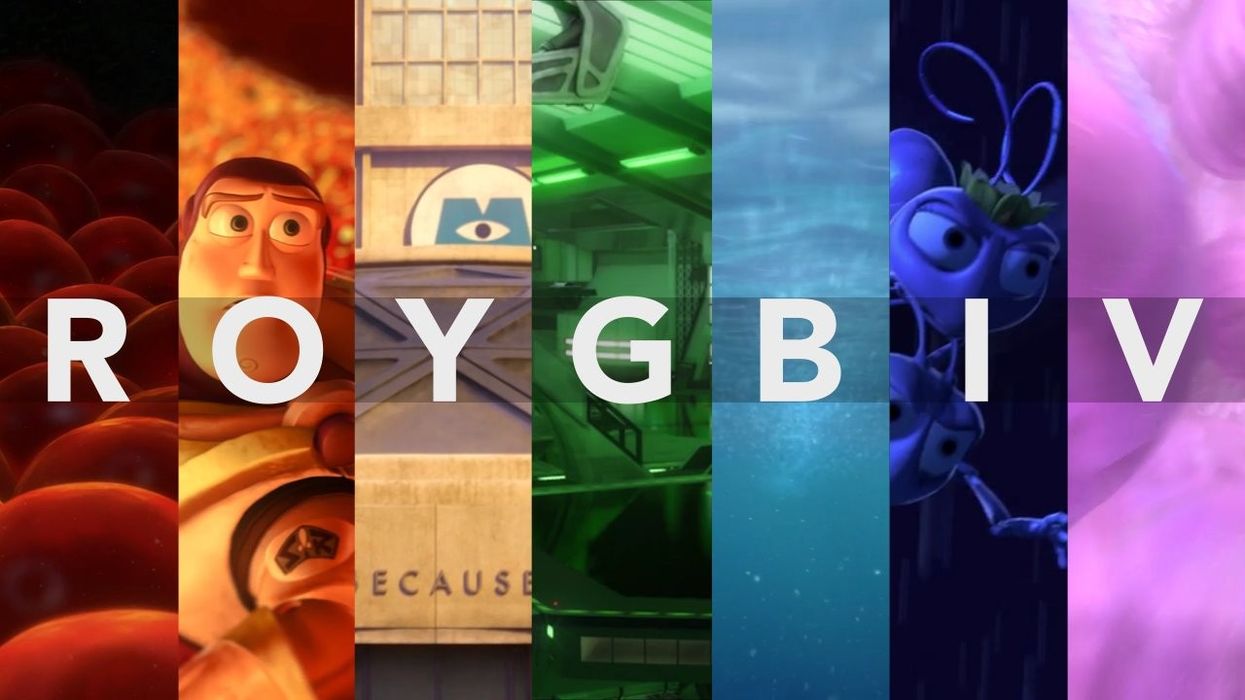This Pixar Supercut Will Remind You Just How Important Color is in Storytelling
One oft overlooked aspect of filmmaking, whether it happens during production or post, is color. Sure, you grade your film to give it the look and feel you want, but how well are you utilizing color to tell your stories? Maybe we should refer to the storytelling masters at Pixar to find out how they put it to work in their narratives.

Makes you appreciate colorists more, doesn't it? (You, too, DPs.) This super cut, edited by Rishi Kaneria, does a great job of showing us how well Pixar grasps the ways color affects our emotions, and because it affects our emotions, it makes it a great storytelling tool. Color can make your films so much more visceral, especially if you know how and when to use it boldly. In the examples from the video, each use of color was brazen -- the entire shot swallowed in dangerous shades of red in Brave, a very sullen-looking Sully looks despondent in blues and purples, Jesse lies on a bed in a yellow, sun-soaked room that bursts with nostalgia.
However, it's probably not wise to go full-bore and saturate every scene in loud colors. Instead, take a look at your story, find the most pivotal scenes, and ask yourself how color can be used in an expressive way to create a mood or a tone. Study up on aesthetic theories of color -- which colors have which emotional responses and connotations and why. Furthermore, the examples from Pixar in the video are only a few ways to approach it. Highlighting objects, like the classic use of red in The Sixth Sense, can turn colors into characters themselves. There are limitless ways to use color to tell stories, so don't make the mistake of forgetting to do so.
What are some of your favorite examples of the use in color in films? How have you used color as a storytelling device? Let us know in the comments.
Source: Rishi Kaneria











